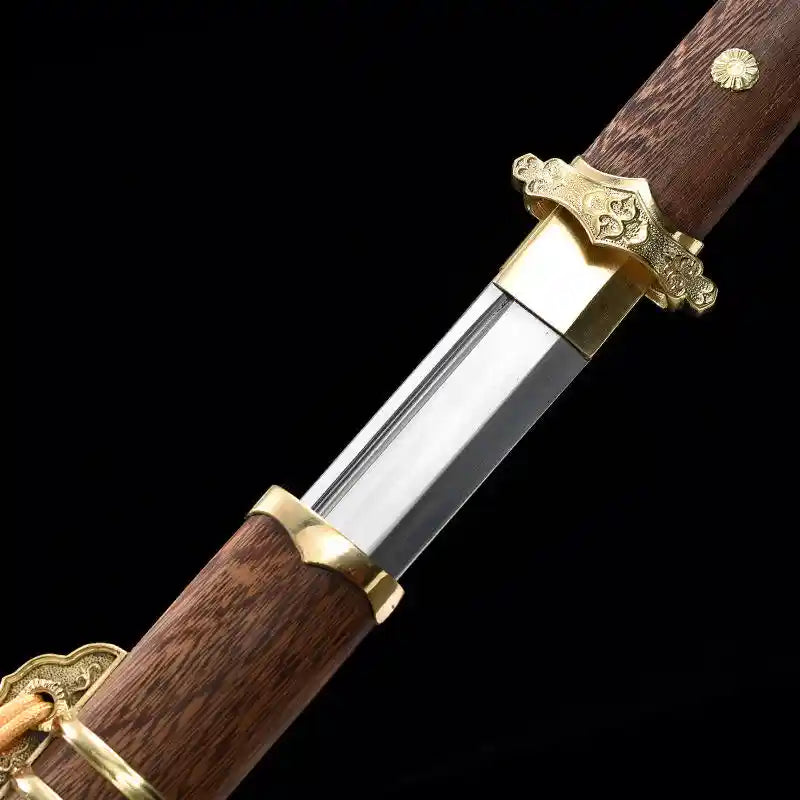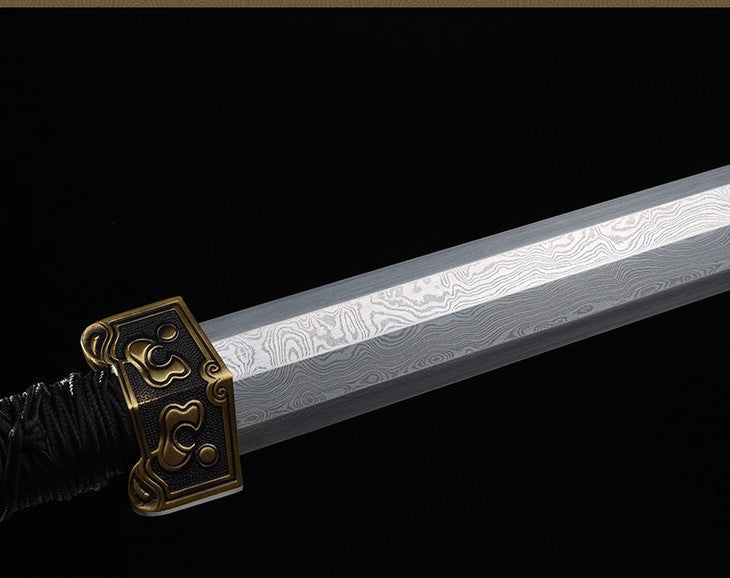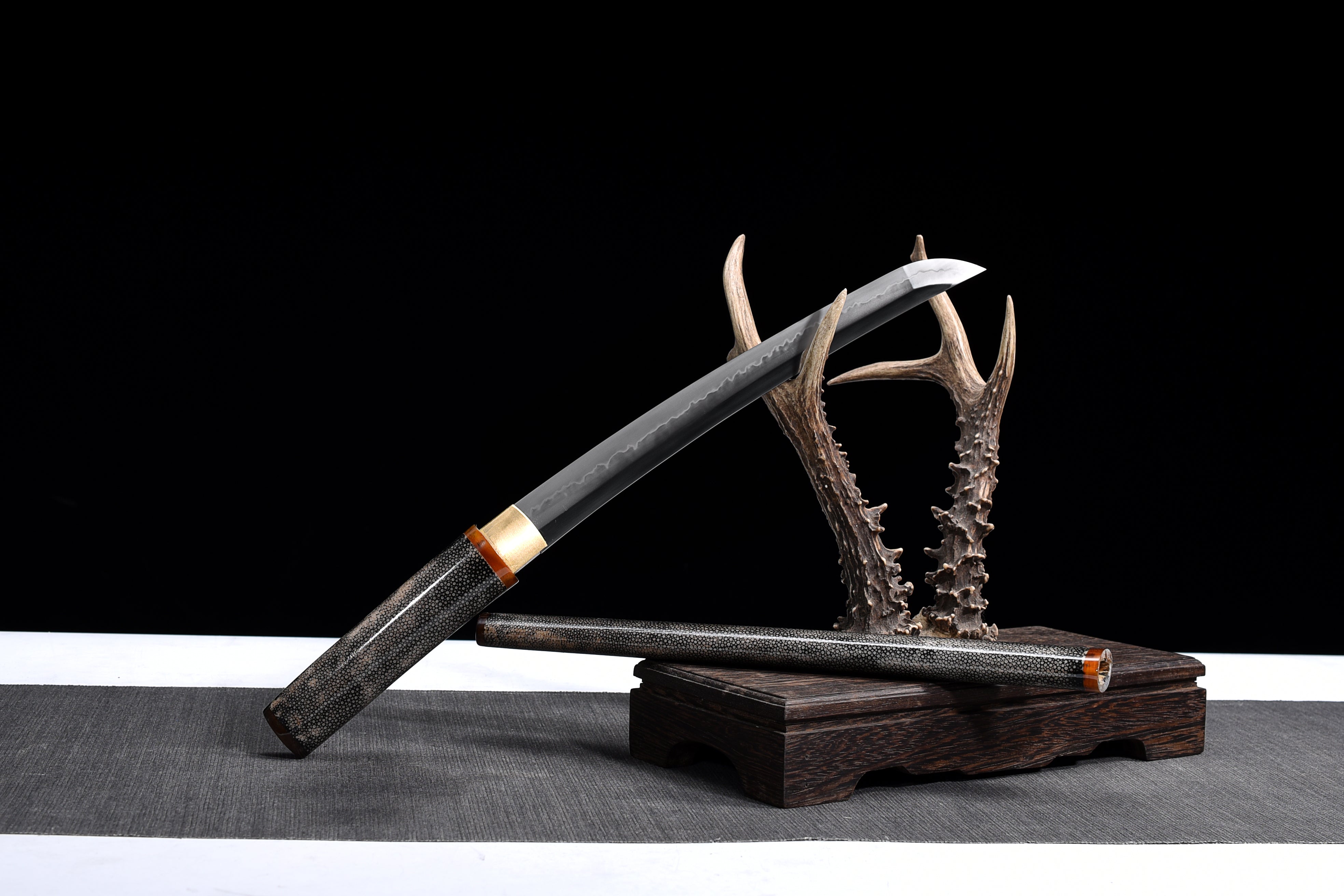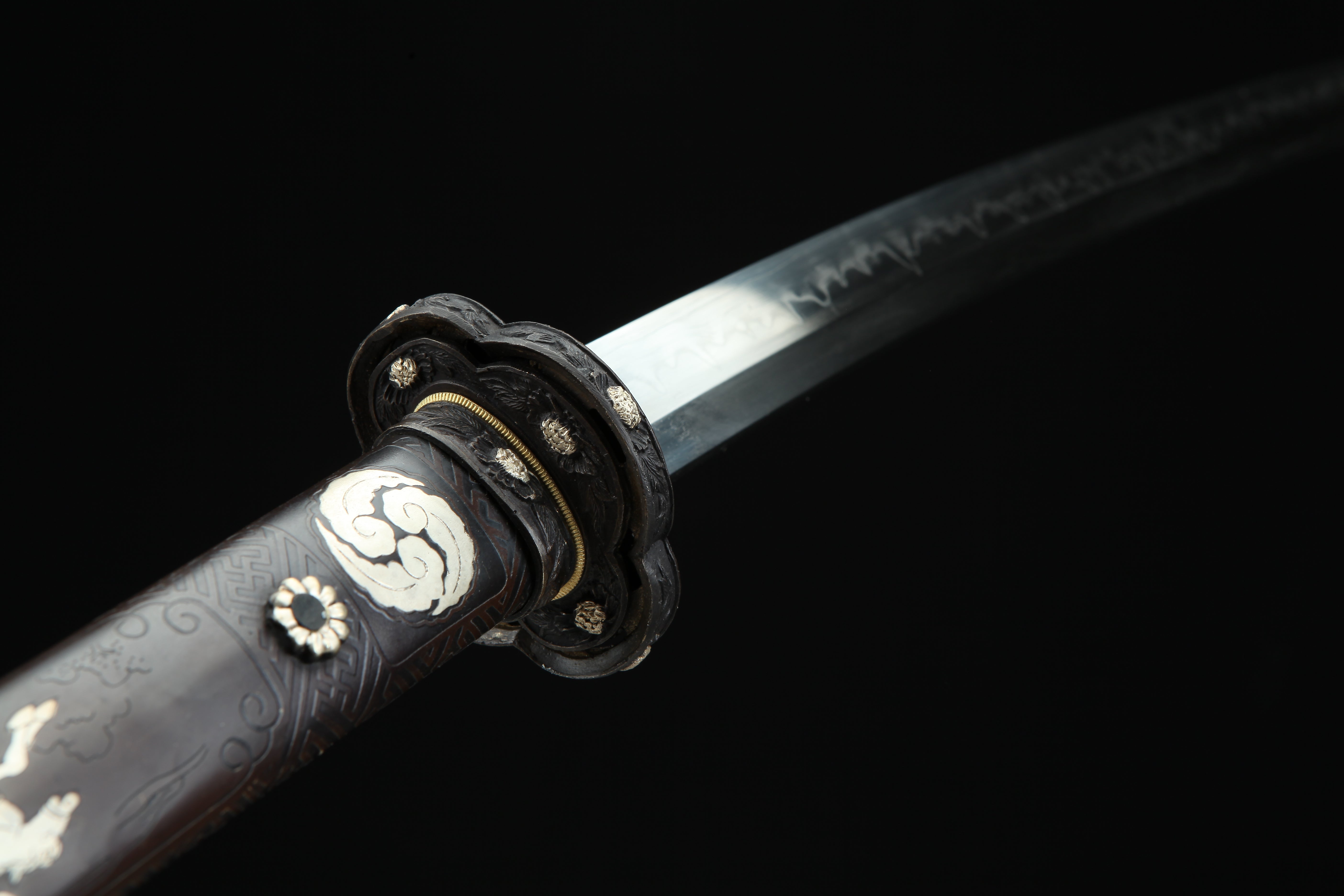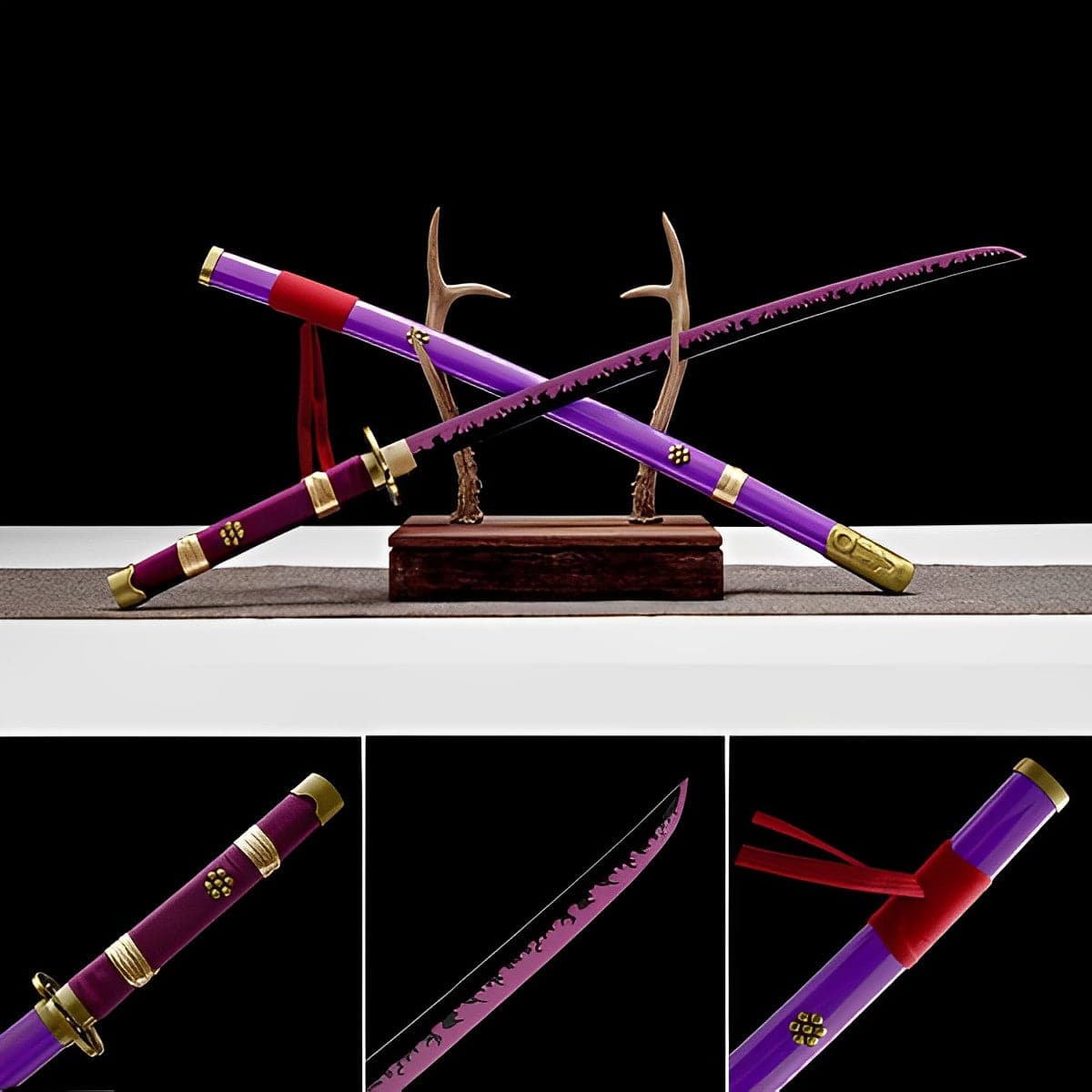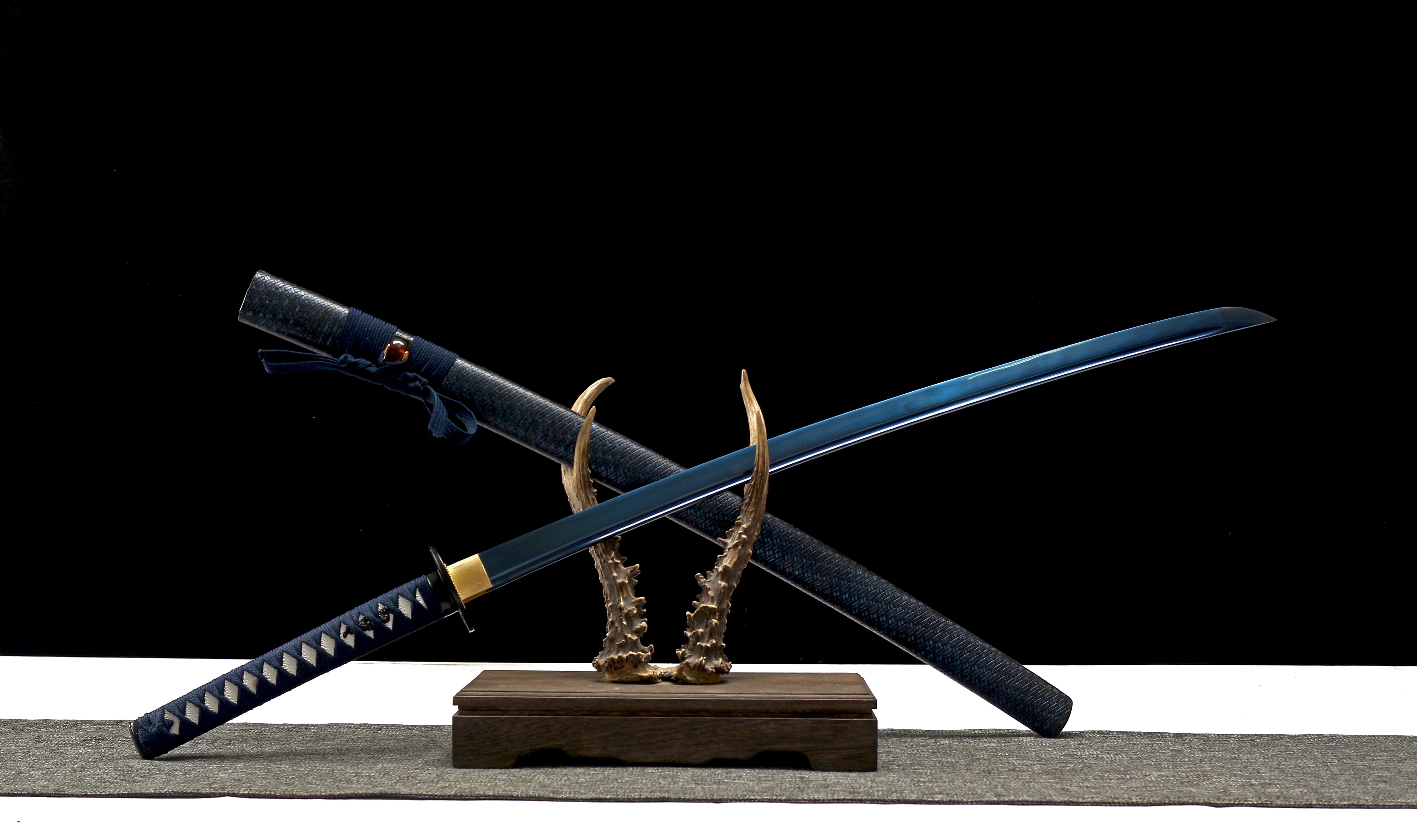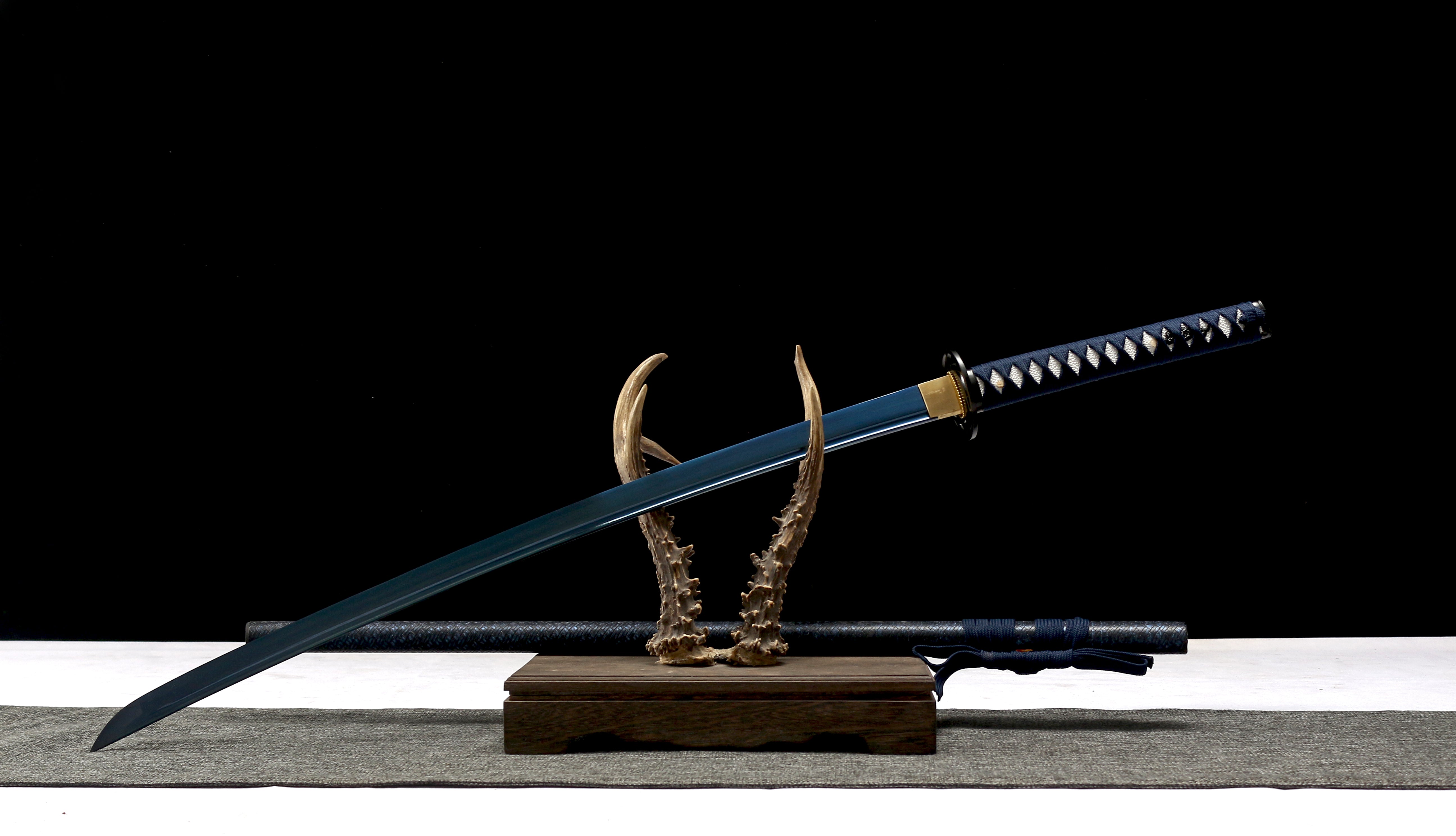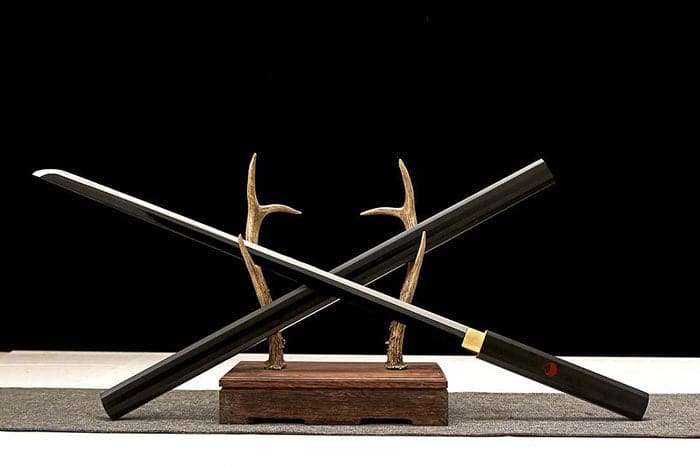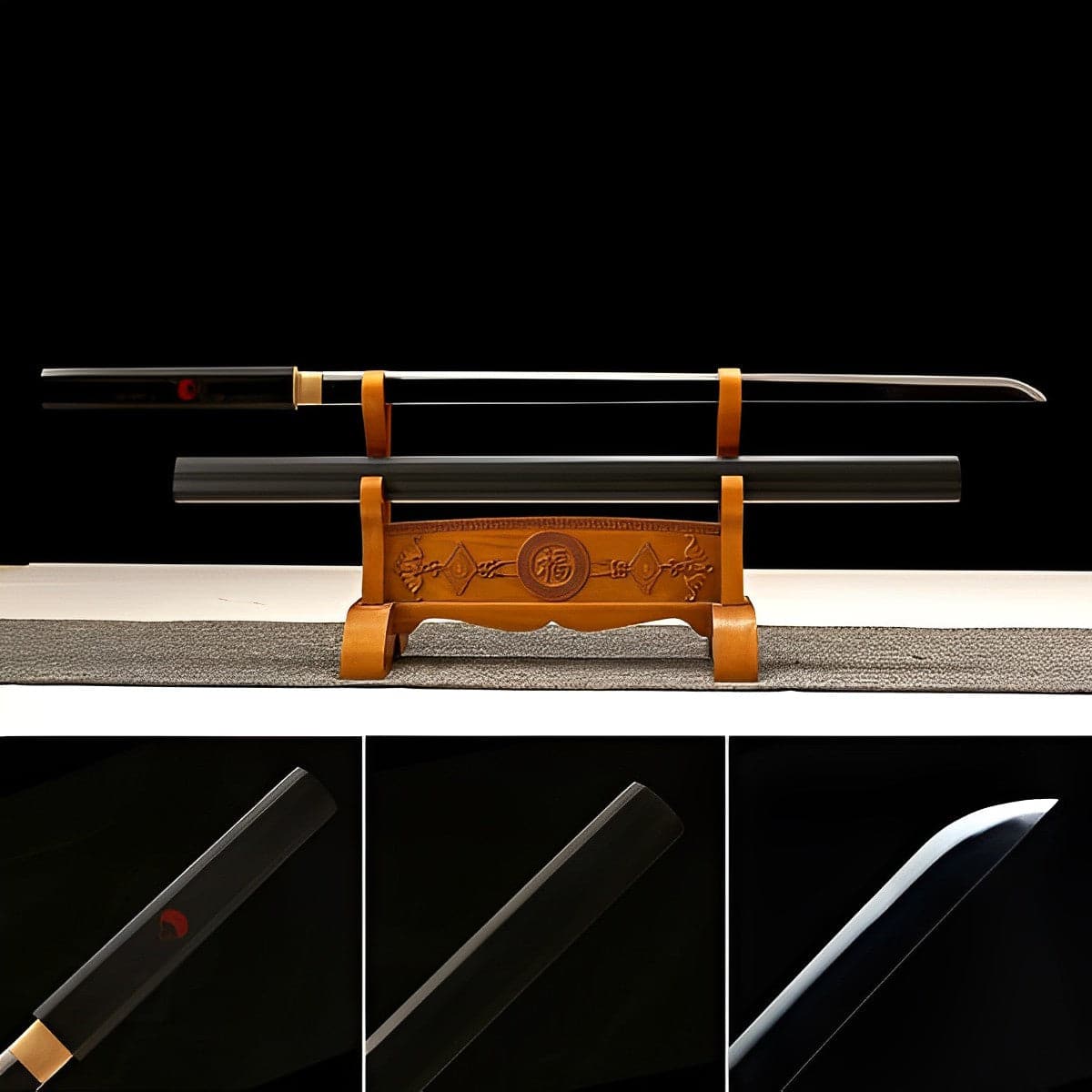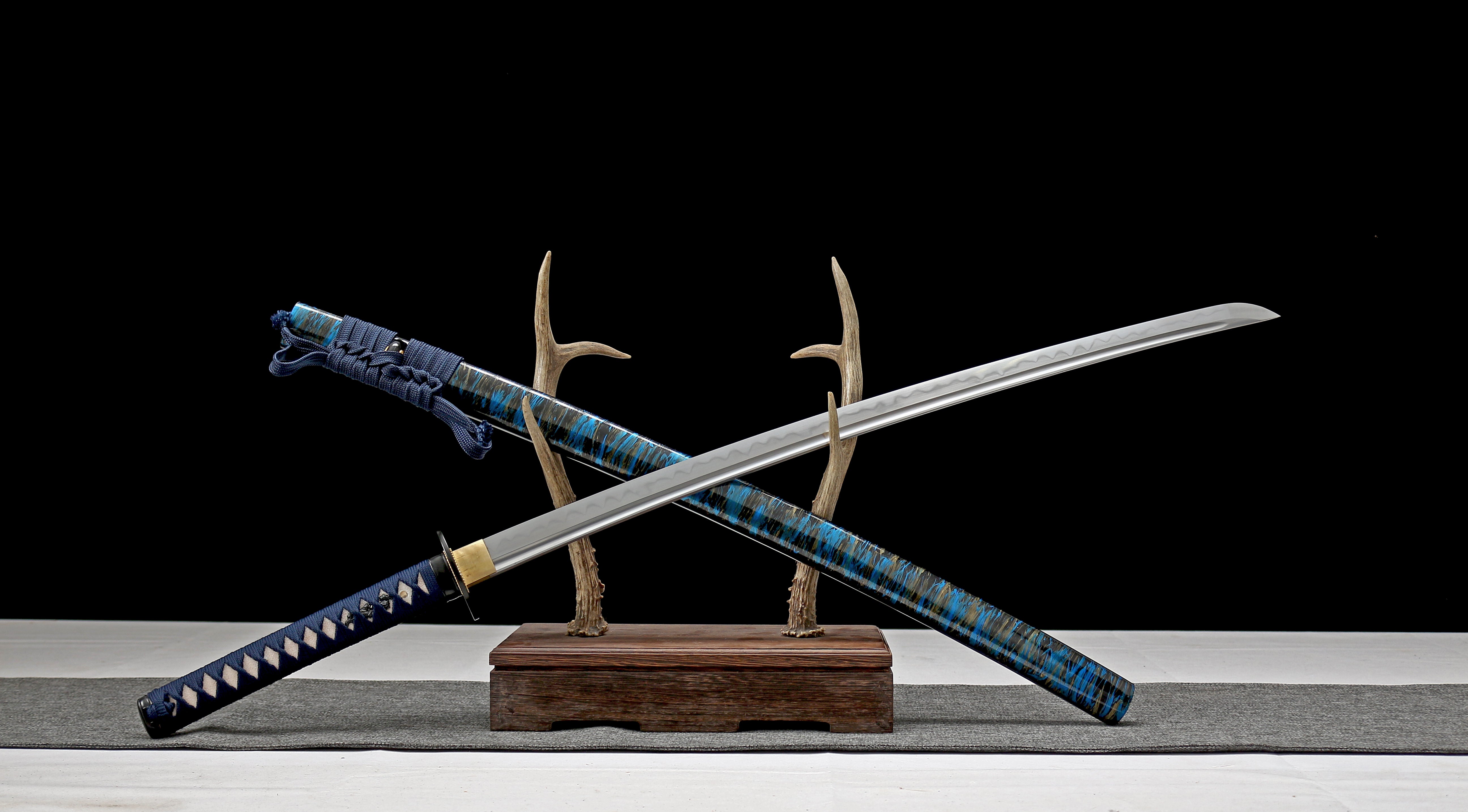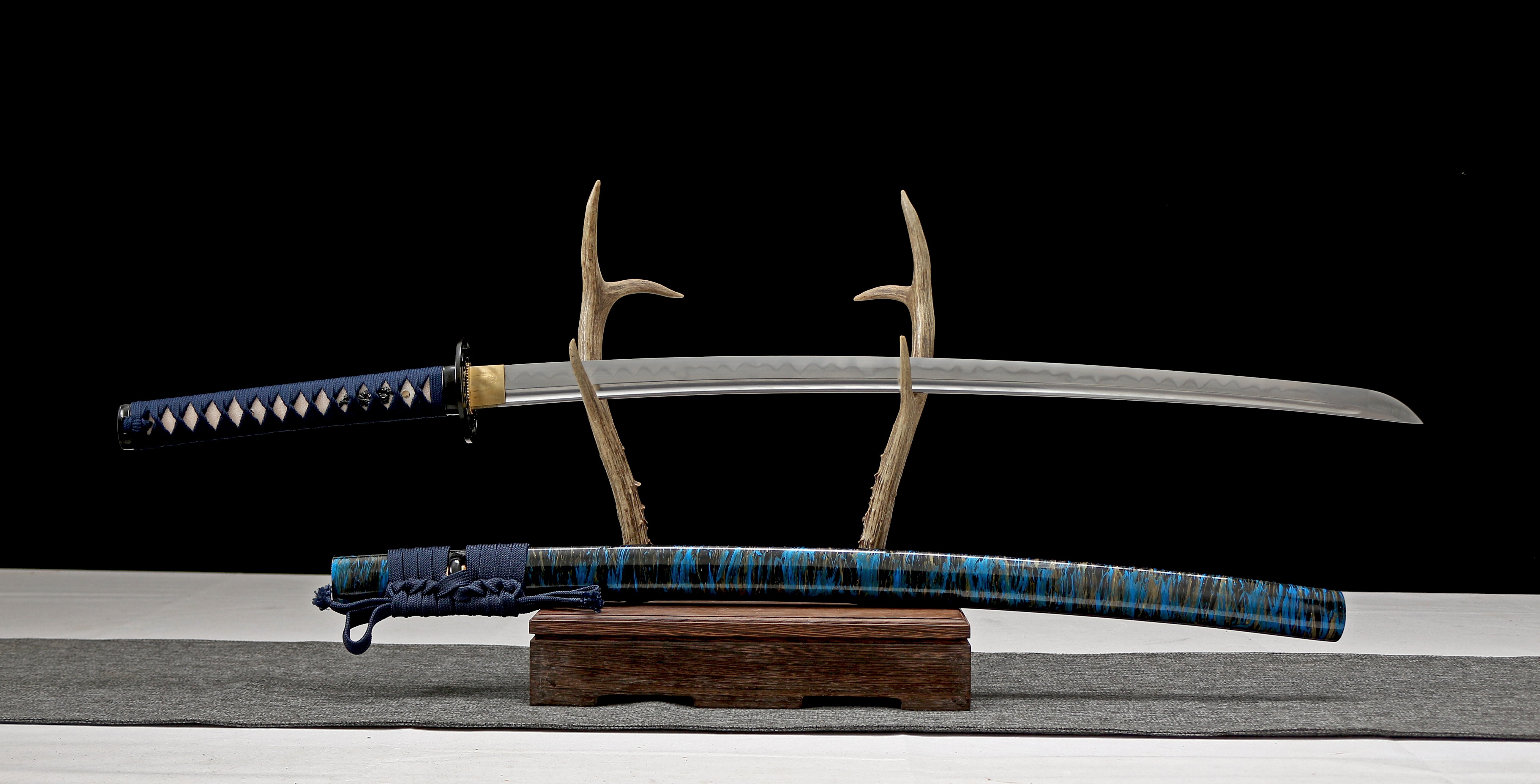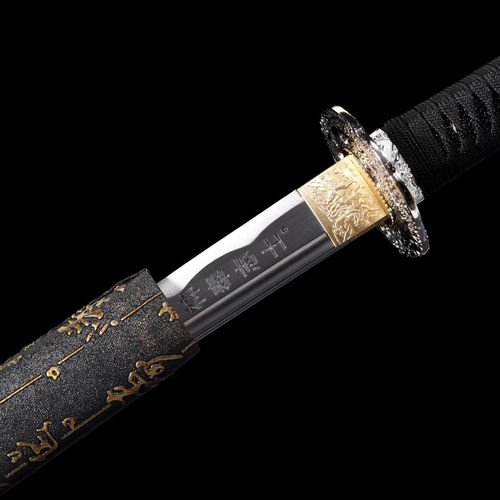
Medium Carbon Steel
Introduction: The Balanced Performer
With a carbon content of 0.30% to 0.60%, medium carbon steel represents the ideal compromise between strength and workability in steel alloys. This versatile material serves as the backbone of industrial manufacturing, offering engineers and fabricators a reliable solution that responds exceptionally well to heat treatment. At [Your Brand Name], we leverage medium carbon steel's unique properties to create durable components that withstand demanding operational conditions.
Chapter 1: Metallurgical Characteristics
Optimal Carbon Range Benefits
- Enhanced Strength: Tensile strength ranges from 570-700 MPa (compared to 400-550 MPa for low carbon steel)
- Heat Treatment Responsiveness: Achieves hardness up to HRC 55 through quenching and tempering
- Microstructure: Balanced ferrite-pearlite composition that transforms to martensite when hardened
Comparative Mechanical Properties
| Property | Medium Carbon (0.45%C) | Low Carbon (0.15%C) | High Carbon (0.90%C) |
|---|---|---|---|
| Yield Strength | 490 MPa | 330 MPa | 620 MPa |
| Elongation | 15-20% | 25-30% | 8-12% |
| Impact Toughness | 40-60 J | 80-100 J | 20-40 J |
Chapter 2: Industrial Applications
Core Manufacturing Uses
- Automotive Components: Connecting rods, axle shafts, and gear blanks
- Machinery Parts: Hydraulic rams, spindles, and high-strength fasteners
- Tooling Applications: Dies, molds, and cutting implements requiring impact resistance
Specialized Applications
✔ Railway wheels and tracks
✔ Pressure vessel components
✔ Agricultural equipment components
Chapter 3: Processing Considerations
Best Practices for Fabrication
- Forging Temperature Range: 2150°F - 2300°F (1175°C - 1260°C)
-
Machinability Improvements:
- Annealing (hardness HB 180-220)
- Lead or sulfur additions for free-machining grades
-
Welding Procedures:
- Preheat to 300-500°F (150-260°C)
- Post-weld heat treatment at 1100°F (595°C) for stress relief
- Recommended processes: SMAW (7018 electrodes), GTAW
Heat Treatment Options
- Quench & Temper: Oil quench from 1550°F (845°C), temper at 400-1200°F (200-650°C)
- Normalizing: Heat to 1650°F (900°C), air cool
- Case Hardening: For selected applications requiring surface hardness
Chapter 4: Corrosion Protection Strategies
Surface Treatment Options
| Method | Thickness | Protection Level | Cost |
|---|---|---|---|
| Zinc Plating | 5-25 μm | Moderate | Low |
| Powder Coating | 50-150 μm | High | Medium |
| Nitriding | 0.1-0.5 mm | Excellent | High |
Maintenance Recommendations
- Regular inspection for surface damage
- Immediate treatment of scratches or chips in coating
- Avoidance of chloride-rich environments when unprotected
Conclusion: The Versatile Performer
Medium carbon steel remains indispensable in modern manufacturing because it offers:
- Optimal Balance of strength and ductility
- Cost-Effective Performance for critical components
- Adaptability through various heat treatment options
- Proven Reliability across countless industrial applications
Tags:
